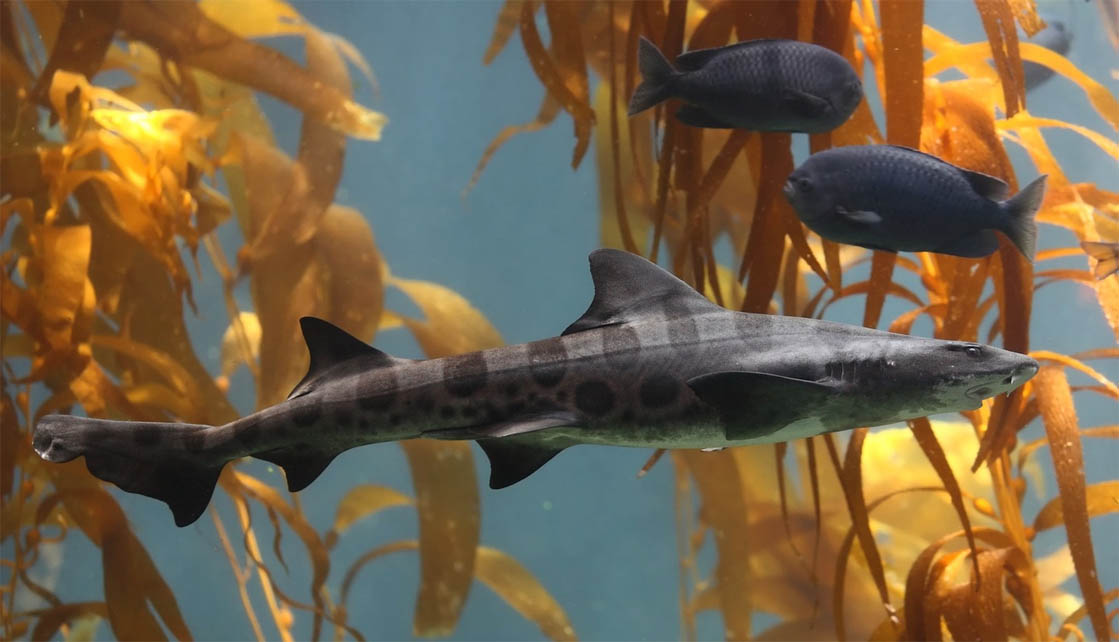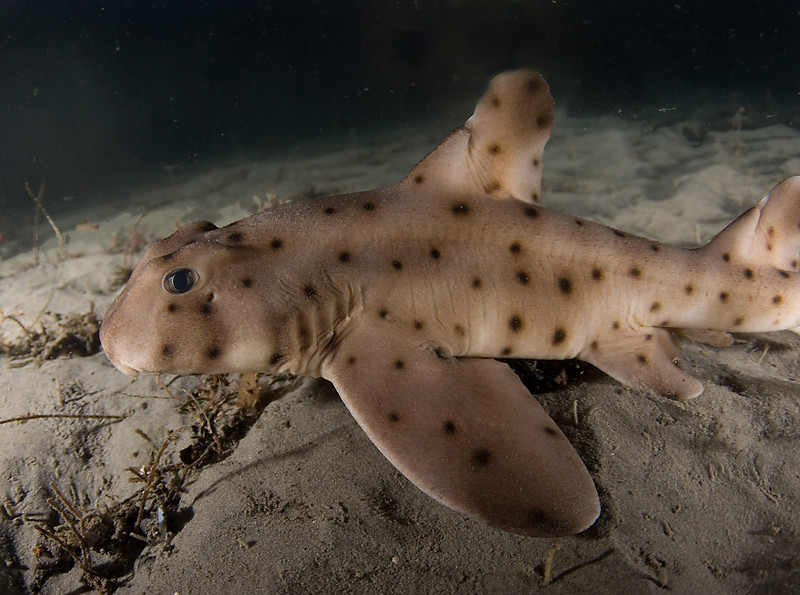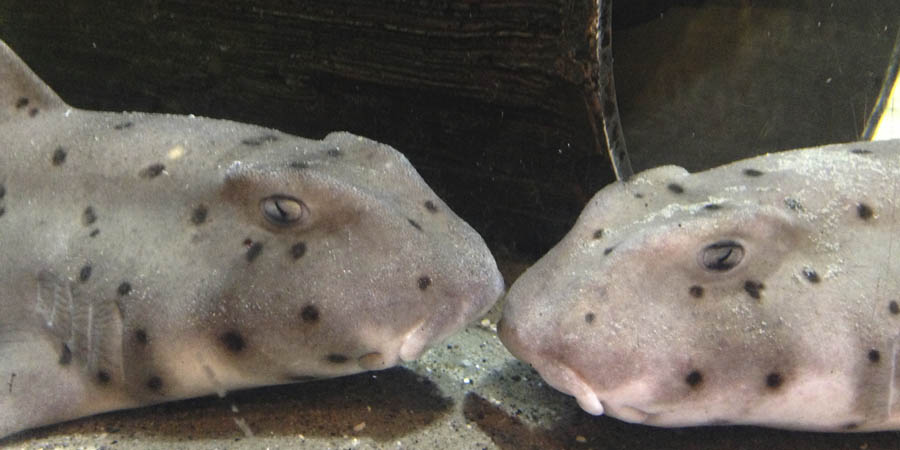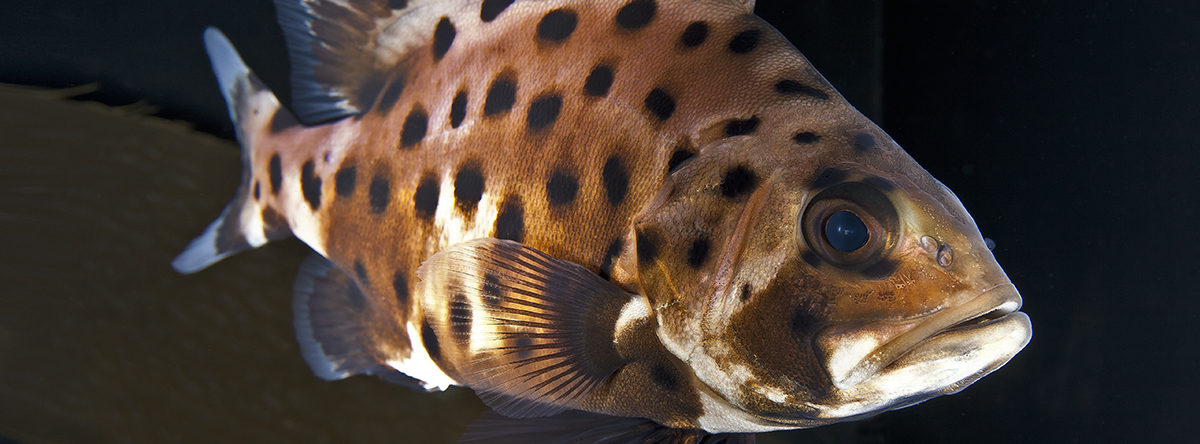We are lucky to live in sunny Los Angeles where millions of tourists and locals converge along the lovely shores of the Santa Monica Bay to enjoy paradise. It’s a mixed bag on the beach, where hordes of visitors come to bathe and sun themselves. Why? Well, they know just how good we have it.
Yep, they want a piece of the Angeleno culture, and the beach, and our Bay. If you haven’t been out to the beach yet, well may I suggest you hop on the Metro, or your bike, or drive down for a visit. You’re not going to regret it, especially since we have so much happening underwater too. On your next visit to the beach you may be lucky enough to encounter a local that most people miss altogether.
Sharks are swimming along the shores of this Bay and they are swimming alongside you and those fine visitors that come to live the California dream. In fact, there are more than 20 different species of sharks1 that inhabit or visit these waters. One of my favorites sharks to see in the summertime is the leopard shark. An elegant fish, the leopard shark is gray with spots and saddle-bars, usually reaching a length of five feet or so. They like to school with their kin and other sharks like smooth greyhounds, eating small fish, octopus and crustaceans along the shallows.

A leopard shark swims through kelp.
Another favorite is the horn shark. You might see these sharks if you are snorkeling around the rocky shores of Point Dume or off of Palos Verdes. At three and a half feet long, this squat nosed fish has two pokey spines (not venomous) at each dorsal fin – an adaptation for protection. Since they hatch from an egg, measuring a mere six inches, those spiny horns protect this cute little shark from halibut and other marine predators. To be honest, they are so cute that sometimes when I see them diving, I cannot resist reaching out and giving them a kiss for good luck. Another local favorite is the swell shark, a small shark that protects itself by swallowing an enormous amount of water to protect itself from being swallowed – like a swimming watermelon! Their eggs are sometimes found washed on shore but if you want to get a close-up look, I invite you to visit Heal the Bay’s Santa Monica Pier Aquarium. The Aquarium has several eggs on display where you can witness the tiny embryos growing into tiny shark pups.

A horn shark swims along the ocean floor. Photo by Scott Gietler.
One of my favorite sea animals to see is the white shark, lovingly known as “the Landlord.” I have been lucky enough to swim with and surf with a few small white sharks and it seems like each year we are seeing more and more of them. Why are there white sharks in SoCal and why so many? Well, we are probably witnessing something really special because the coast of southern California is like a nursery. These white sharks are here because food is available and they like to eat small fish, like stingrays. We have been working hard to protect white sharks and maybe this is the positive result of all of our conservation efforts. Let’s hope so because this fish is a very important indicator of how well our oceans are faring. As a top predator, we expect that their recovery is indicative of an improving food web and ecosystem. It is still early to be absolutely sure but I do hope that we continue to see improvements in their population and in the health of our fisheries.
I am proud to work for Heal the Bay because I know that the work we have done over the past three decades has improved the life of our local sharks and is helping to restore and protect our unique and fragile ecosystem. We started our work in the 1980s by improving water quality in our watersheds and our Bay. That work continues daily, and we have expanded healing efforts by supporting and ushering in a network of Marine Protect Areas (MPAs) all along our coast. MPAs function like underwater parks, where marine life can live free from fishing pressure, promoting more growth, reproduction and species diversity.
We’ve worked alongside many of our colleagues and communities to pass a statewide ban on the possession and sale of shark fins. Shark finning is a cruel and destructive practice that is decimating shark populations worldwide. At our Aquarium, we teach tens of thousands of students and visitors about sharks, debunking the myths and providing the facts so that everyone can do their part to help sharks.
We still have a great deal of work to do. We need to keep eliminating plastics and other pollution from our ocean, we need to continue to educate our communities on how to be healthy in order to keep our seas and beaches healthy and we need to continue our love affair with nature. All this starts with you. Join us at Heal the Bay as a volunteer or a member, and join us in the fight to protect our environment.
You, your family and friends need a good day at the beach. If you’re lucky, maybe you will see a shark. Regardless, you live in paradise and it is right outside your door. I hope to see you out there. Even if you can’t make it into the water, you can still visit us at the Santa Monica Pier Aquarium!
1http://content.cdlib.org/view?docId=kt938nb3cq&&doc.view=entire_text




